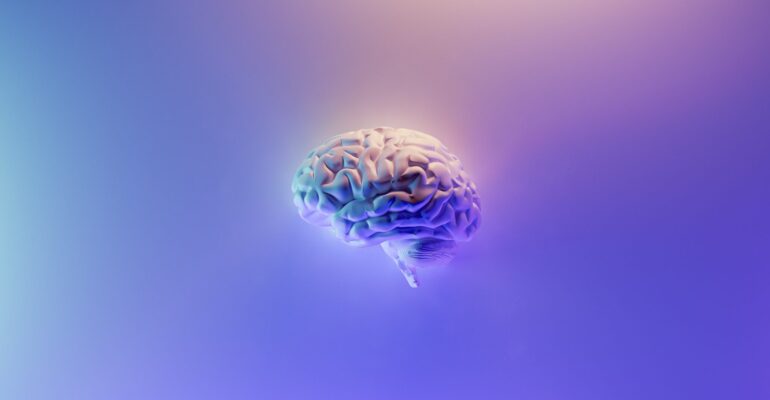TL;DR:
- Previous efforts to understand narcissism faced inconsistencies due to limitations.
- A recent study utilized advanced machine learning techniques to map neural structures linked to narcissism.
- Kernel Ridge Regression and Support Vector Regression were employed to analyze vast datasets.
- A specific brain circuit was identified as a potent predictor of narcissistic traits.
- Both normal and abnormal personality traits were found to contribute to narcissism.
- This pioneering approach integrates neural and psychological features for a holistic understanding of narcissism.
Main AI News:
In the quest to unravel the complexities of narcissism, researchers have encountered numerous stumbling blocks marked by inconsistent findings. These inconsistencies have long been attributed to factors such as small participant cohorts and the reliance on conventional univariate methods. Such limitations constrained the depth of our understanding of the captivating realm of narcissistic traits.
However, in a determined effort to surmount these obstacles, a recent study embraced state-of-the-art machine learning techniques, specifically Kernel Ridge Regression and Support Vector Regression. These cutting-edge tools possess the remarkable ability to discern and predict intricate patterns within vast datasets, rendering them well-suited for delving into the enigmatic neural network underlying narcissism.
The study embarked on a straightforward yet ambitious mission: to construct a predictive model for narcissistic traits that would draw insights from both neural structures and an array of personality features. The results of this endeavor proved to be both surprising and enlightening.
A distinct brain circuit emerged as a potent predictor of narcissistic personality traits, encompassing regions such as the lateral and middle frontal gyri, angular gyrus, Rolandic operculum, and Heschl’s gyrus. The statistical significance of this discovery, with a p-value of less than 0.003, underscores its profound implications for both neuroscience and psychology.
However, the revelations did not cease with the identification of neural structures. The research unearthed a compelling amalgamation of normal personality traits, including openness, agreeableness, and conscientiousness, alongside abnormal traits like borderline, antisocial, insecure, addicted, negativistic, and Machiavellianism. These multifaceted findings, marrying neural and psychological markers, have opened the door to a more comprehensive comprehension of narcissistic traits.
This groundbreaking study marks a pioneering approach in the quest to decode narcissism, as it is the first of its kind to employ a supervised machine learning methodology. It hints at a future where the derivation of personality traits hinges not solely on observable behaviors but on an intricate interplay of neural and psychological features.
While these findings represent a monumental stride forward, they also beckon us to explore further. How might these insights revolutionize therapeutic interventions? Can they elevate diagnostic precision to new heights? The fusion of neuroscience and machine learning holds the promise of not only delivering answers but also enriching our comprehension of the human psyche.
This multifaceted exploration of narcissism serves as a testament to how modern tools can breathe new life into classical inquiries. As we continue to harness the synergistic potential of neuroscience and machine learning, the horizons of personality research are poised to expand exponentially.
Conclusion:
This groundbreaking research into the neural underpinnings of narcissism, empowered by cutting-edge machine learning techniques, offers a profound shift in our understanding of this complex personality trait. It hints at the potential for more precise diagnostic tools and innovative therapeutic interventions, potentially opening up new avenues in the mental health market. The fusion of neuroscience and machine learning is poised to reshape the landscape of personality research, presenting opportunities for market growth and innovation.

